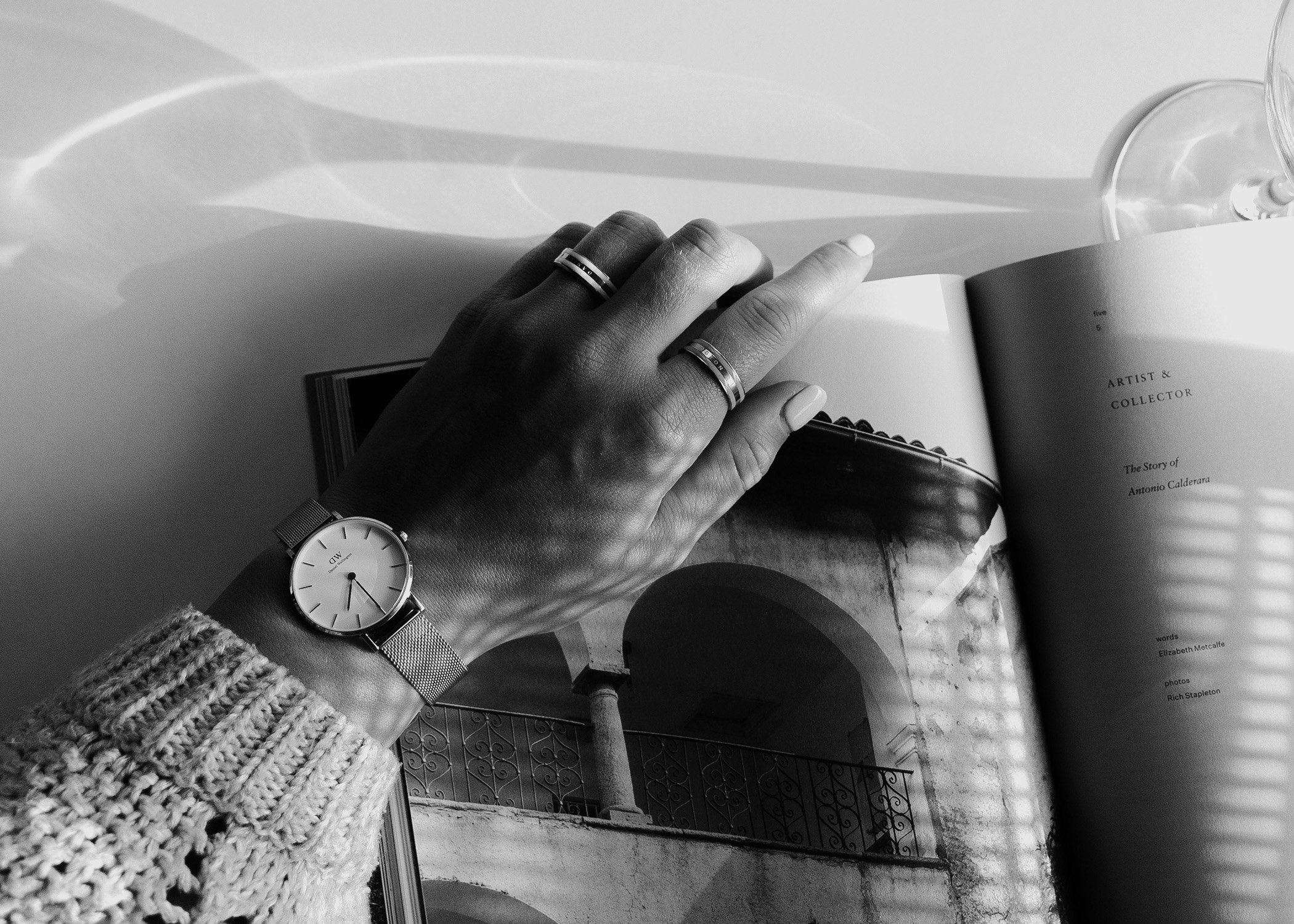
Fashion Seasonality
Contact Us01
Definition
Fashion seasonality refers to the natural calendar of two major and minor collection cycles- Spring/Summer and Fall/Winter, along with Pre-Fall and Resort/Cruise. It's a period of product design, launches, demand peaks, and lulls, to align with the customer demands and with the weather.
02
Purpose
Since fashion is never stagnant, it has its own ebbs and flows. By understanding and planning for seasonality, brands can:
- Seasonal inventory management so brands can stock up on inventory during peaks, and do not have excess merchandise during dips.
- Brands can build seasonal marketing strategies to maximize ROI during high-season moments (new launches, festivals, holiday spending).
- Prevent overspending during dips while shifting strategy and product development lifecycle, or retention.
- Fashion brands can maintain cash flow, reduce markdowns, and reduce risk.
03
Why It's Important for Fashion & Lifestyle Brands?
Customers’ tastes, color palettes, silhouettes, and even fabrics change with the season. When brands don’t have a seasonal marketing strategy, even excellent designs can underperform. Below is how fashion seasonality can help fashion brands:
- The cost of inventory (production, storage, logistics) is high, and mis-forecasting seasonality leads to overstock, deep discounts, or worse, waste.
- Consumer psychology keeps changing with the season (weather, holidays, mindset, gifts). So, brands should have a fashion calendar to match what the customer is already thinking about.
- Fashion seasonality means seasonal content, seasonal ad creatives, and seasonal campaign activations.
- Trends and seasons define what people want. If ad creatives, offers, or inventory miss the seasonal cue, even beautiful pieces can flop.
At Veicolo, we help brands define their true breakeven ROAS, then optimize campaigns to exceed it sustainably.
04
Core Considerations
Season Fashion Calendar
Fashion brands should understand their product lifecycles: Summer/Spring, Winter/Fall, Pre-Fall, Resort, etc. Know when to launch each, when buyers expect them and when buyers expect them and when brands should start production.
Product Line & Hero Staples
Identify “hero” pieces that sell year-round vs seasonal drops. Use staples to cushion off-season demand.
Inventory Lead-Time & Supply Chain
Brands need to plan everything -fabric, production, shipping.
Marketing Budget & Ad Spend Phases
Peak season = heavier spending; off-season = test & learn, retention, audience building.
Creatives & Messaging
Visuals, content themes, and messaging - all must reflect fashion trends, festive moments, and heat. Fashion brands need to ensure their seasonal marketing strategy is aligned with consumer demands.
Retail & Consumer Behavior
Monitor when customers shop most(back-to-school, holidays, summer vacations, etc.) and correlate with fashion calendars / global vs. local climates.
05
Veicolo’s Approach
Veicolo helps fashion and lifestyle brands manage fashion seasonality strategically, helping them turn challenges into opportunities.
- Veicolo builds a fashion calendar that maps product development, seasonal inventory production, launch windows, and marketing spend so nothing is reactive.
- We align forecasting, trend intelligence, and seasonal marketing strategy with your brand’s identity & past performance, so you don’t over-produce or misjudge the demand.
- We align ad creatives and conversion ads timed with seasonal rhythms from teasers to drop to holiday promos to ensure marketing feels of-the-moment.
- We utilize Direct Response Ads, particularly in peak shopping periods, and scale Paid Social spend when consumers are most active.
- We optimize the inventory and creative testing: testing hero product versions, seasonal versions, styles, and visuals way ahead of peaks.
- We continually monitor performance metrics (sell-through, ROAS, inventory turnover) and optimize both marketing investments + the creative bundles in real-time.
06
Use Cases
07
%201.avif)